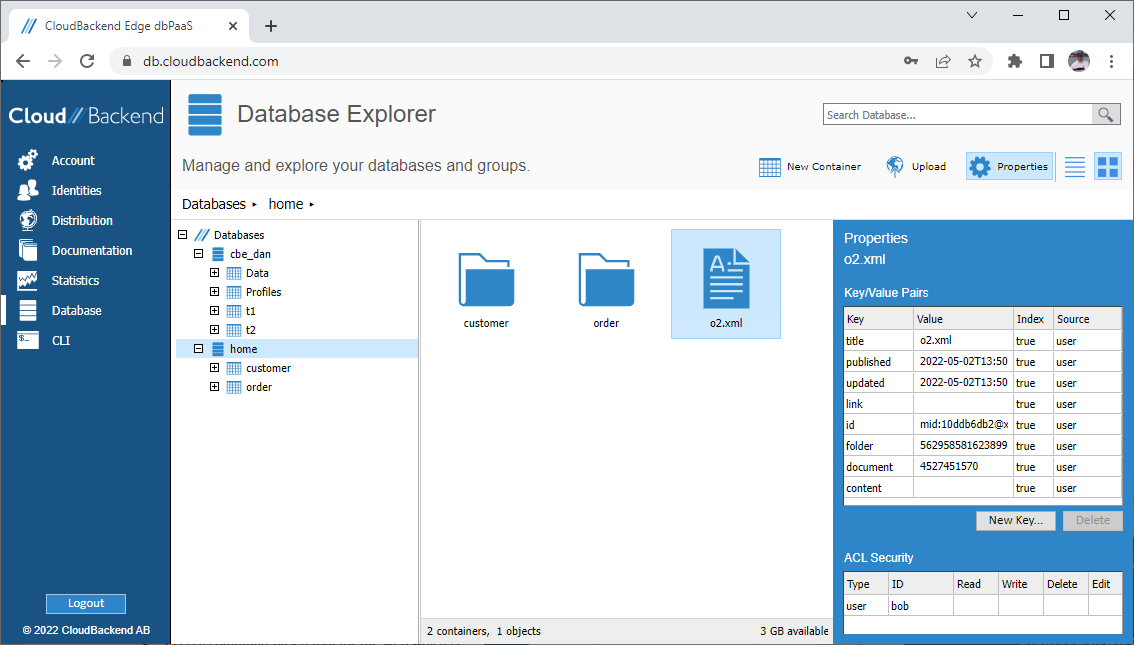Cloud database
With the Singularity Database; development, security, subscriptions, data policies and resource budget allocation can be managed via a web-based UI. All of the data is owned by identities (end-users), who can grant other identities or groups tailored access rights to its data.
Its user interface can be used to administrate the database, as well as for developing and authoring new applications, deploying and managing SaaS applications, running internal apps right inside the database, as well as handling end-user support, price plans, subscriptions, and more. It is designed to Build, Deploy, and Scale SaaS.





